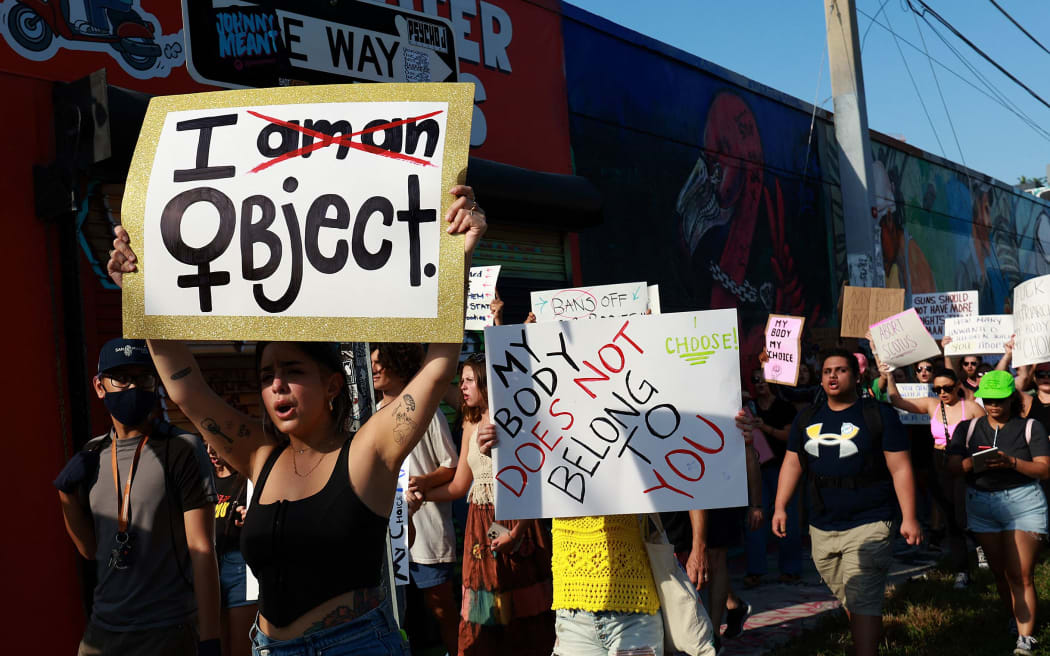In June, the US Supreme Court made the widely expected, but still seismic decision to overturn Roe versus Wade - ending the nearly 50-year-old constitutional right to abortion.
The ruling had an immediate chilling effect on reproductive healthcare around the country, as individual states were handed the power to set their own abortion laws.
A dozen states, mainly in the South and Midwest, have since banned abortion, while several others have enforced restrictions on procedures after 6 or 15 weeks.
The ruling came despite 61 percent of American adults believing that abortion should be legal in all or most circumstances.
November's midterm elections were the first opportunity for voters to put abortion rights to the test. In every state where an abortion-related measure was on the ballot, voters chose either to enshrine protections or reject new anti abortion measures.
But for states where there are abortion bans, the impact is very real, with poor women, young women and women of colour most significantly affected.
Kathryn speaks to Elizabeth Nash, who tracks state policy for the Guttmacher Institute, an advocacy research group for sexual and reproductive rights in the US.

Photo: AFP

